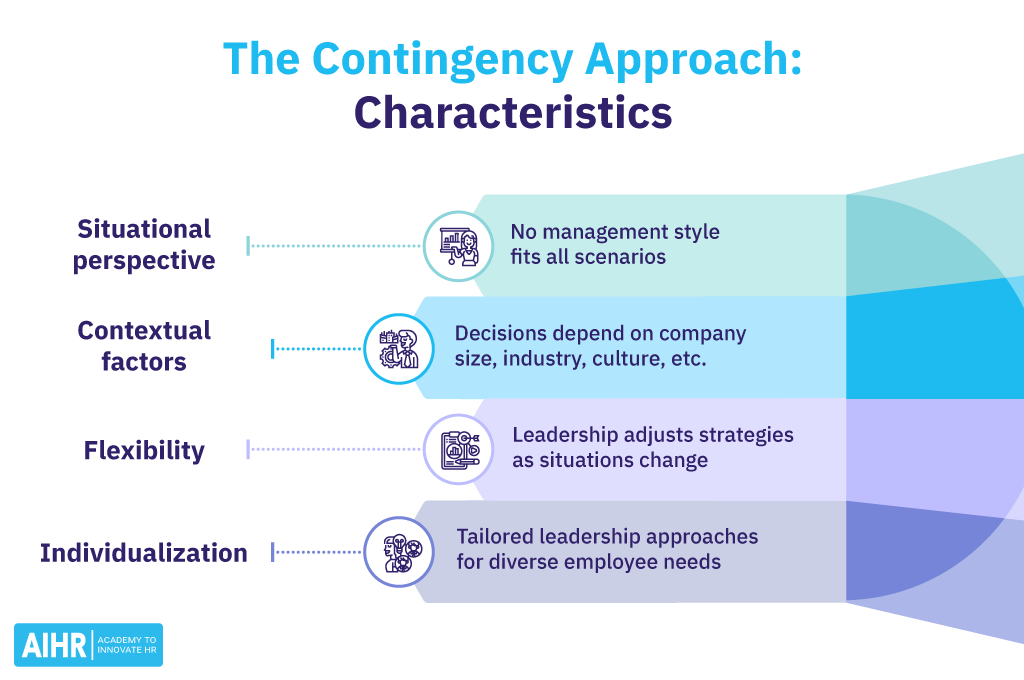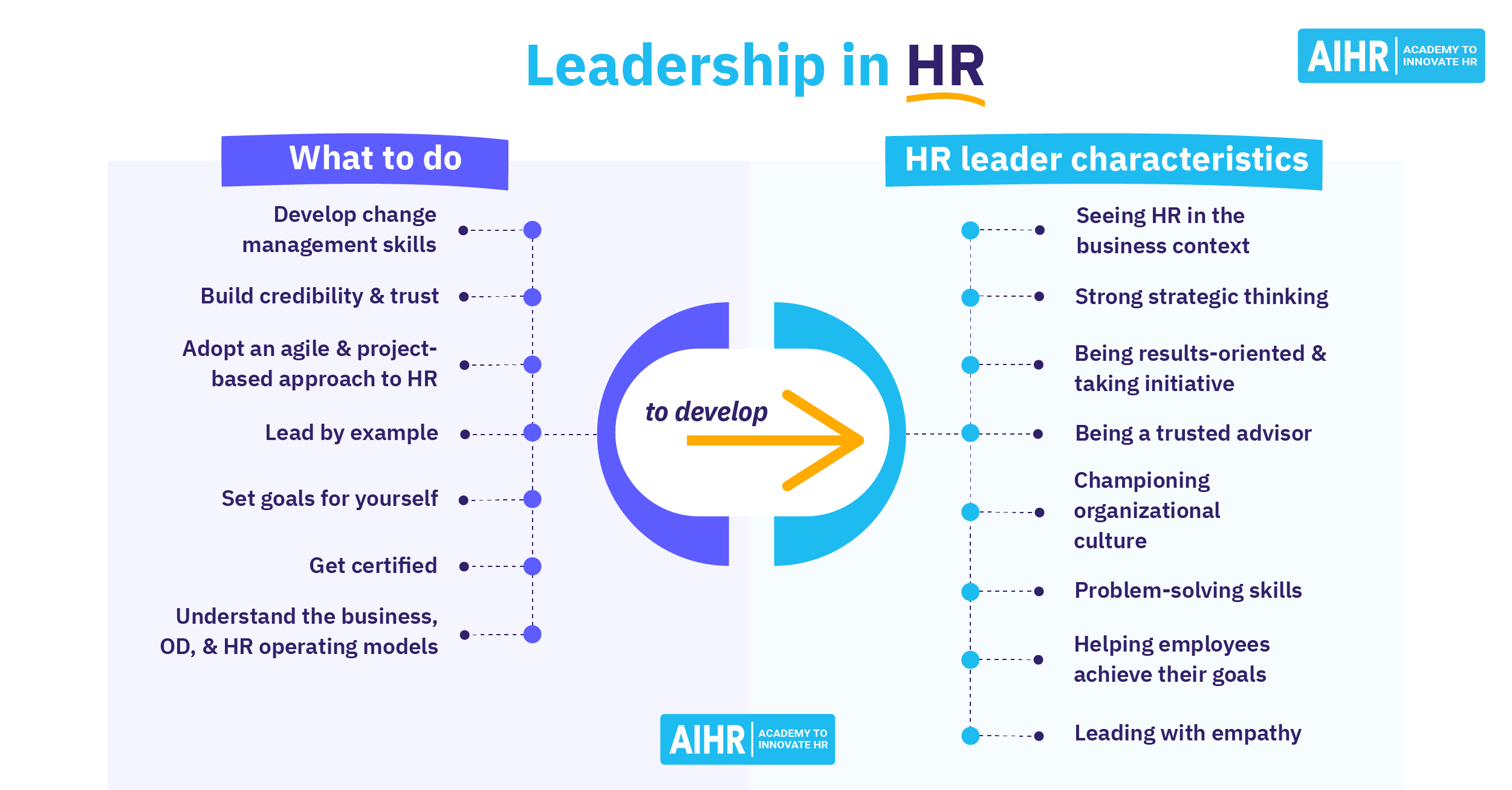Contingency Approach
What is a contingency approach?
The term “contingency approach” holds significant importance in Human Resources. It’s a framework that provides HR professionals with a strategic perspective on managing employees and organizational processes.
Often referred to as contingency theory or contingency management approach, this concept recognizes the dynamic and ever-changing nature of the workplace. It emphasizes the need to adapt HR practices to suit an organization’s unique circumstances, ultimately leading to more effective decision-making and problem-solving.
What are the 4 contingency approaches?
The contingency approach encompasses various theories, offering a distinct perspective on managing organizations. These theories are:
1. Fiedler’s Contingency Theory
Developed by Fred Fiedler, this theory states that a leader’s effectiveness depends on the match between their leadership style and their situation. It categorizes leaders as either task-oriented or relationship-oriented. Also, factors like leader-member relations, task structure, and positional power determine the appropriate leadership style.
2. Situational Leadership Theory
This contingency theory suggests that leaders should adapt their leadership style based on their followers’ readiness or maturity level. Pioneered by Paul Hersey and Ken Blanchard, it stresses that leadership is not a one-size-fits-all concept. Therefore, managers should adjust their approach to meet the needs of their team members.
3. Path-Goal Theory
It was developed by Robert House. This theory is based on the application that leaders should clarify the path to achieving organizational goals and offer the necessary support and motivation to help employees reach them. According to House, the leader’s role in an organization is to remove obstacles and facilitate their team’s success.
4. Decision-Making Theory
In this approach, managers tailor their decision-making strategies to suit the circumstances. Those who adopt it base their decision-making on the situation at hand. They can implement autocratic, consultative, or participative decision-making styles, subject to the problem.
Characteristics of the contingency approach
The contingency approach to leadership is characterized by several fundamental principles, including:
- Situational perspective: The contingency approach recognizes that no one-size-fits-all solution or management style is suitable for all situations. Different scenarios require different directions, and HR professionals must adapt accordingly.
- Contextual factors: The effectiveness of management practices depends on a range of contextual factors, including the organization’s size, industry, technology, culture, goals, and external environment. These factors should inform decision-making and leadership style selection.
- Flexibility: Managers should be flexible in their approach and willing to adjust their strategies based on changing situations. What works well in one case may not work in another. Flexibility is a cornerstone of the contingency approach.
- Individualization: The contingency approach encourages individualized approaches to leadership and management. It acknowledges that employees have diverse needs and motivations. This means leaders must tailor their management practices accordingly to meet these unique requirements, ultimately enhancing performance.

Contingency approach examples in the workspace
Leadership adaptation in a multinational corporation
In a multinational corporation, contingency leadership is evident in many styles across different regions. For instance, a Western-based company expanding into Asia may adopt a more participative and relationship-oriented leadership style when dealing with Asian teams, as it aligns with the cultural context and expectations.
Flexible work arrangements during a crisis
Amid the COVID-19 pandemic, organizations worldwide had to swiftly adapt to remote work arrangements. HR departments played a pivotal role in implementing these changes. Based on the nature of the job, HR teams customize remote work policies. For instance, HR encouraged virtual meetings and project management tools for roles that required constant collaboration. Conversely, flexible working hours were introduced for functions that could operate independently.
Tailored training programs
In a manufacturing company, HR realized that employees on the production line needed a distinct training approach compared to those in research and development. While the former required hands-on, task-oriented training to ensure safety and efficiency, the latter needed a more self-directed, creativity-fostering approach. HR’s ability to customize training methods based on the specific needs of each department exemplifies the contingency approach.
Why should HR understand (and apply) the contingency approach
HR professionals should embrace the contingency approach for several compelling reasons:
- Customization of HR practices: The contingency approach highlights the need to tailor organizational practices, including HR policies and procedures, to the specific situation. This customization ensures that HR initiatives align with the organization’s goals, structure, and environment, bringing about greater effectiveness.
- Resource optimization: By applying the contingency approach, HR professionals can allocate resources more efficiently. For example, during a period of rapid growth, HR can focus on recruitment and training, while during a downturn, cost-saving measures and workforce planning become the priority.
- Enhanced decision-making: Understanding the contingency approach equips HR professionals to make better decisions. They can assess the unique circumstances of each situation, weigh the contextual factors, and choose the most appropriate course of action, leading to better outcomes.
The contingency approach is a valuable framework for HR professionals. It enables them to navigate the complexities of the modern workplace effectively. HR that embraces this leadership strategy can optimize its practices, enhance decision-making, and contribute to the organization’s success in a dynamic and ever-changing business environment.







